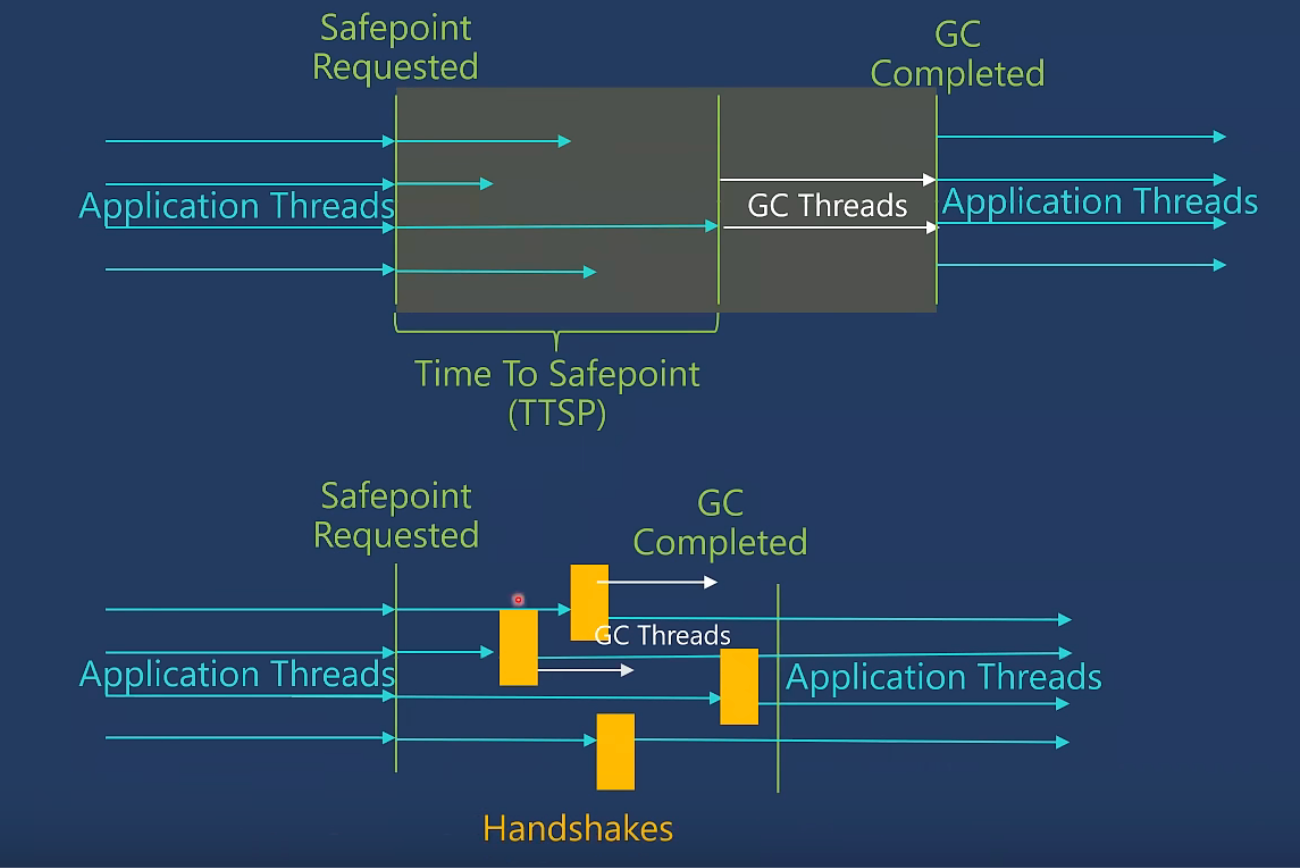前言 许久没有折腾博客了,就借着双11买了台国内服务器建站的时机来水一篇,恢复一下节奏。因为很久没用才发现之前用的Travis CI已经不知道因为什么原因触发不了了,就正好也折腾一下,换成了Github Action。
Github Action 鉴于之前根本没有接触过Github Action的写法,所以解决问题的核心就是找几个例子看一下,然后看看怎么改装现有的CI脚本。
copy from 这里借鉴的是如何使用Github+Actions实现Hexo博客自动化部署 里的CI yml配置文件。主要的变化也就是Secret的语法稍微有点不同,变成了
1 ${{ secrets.TRAVIS_CI }}
而且也不知道为什么之前配置的Secret过期了就重新配置了一个,然后就把之前的shell直接搬运到RUN里,加入之前安装的插件就OK了。
快速搭建服务器 双11薅了TX云三年服务器的羊毛,然后买了个域名,计划着把之前一部分在HK服务器上和树莓派上的服务都整到国内的服务器上,一是访问速度更快,二是比家里的树梅派更稳定一点(老是断电)。由于之前用Docker Compose搭建了一部分的服务感觉很方便,所以就计划这次的服务器上所有的服务都基于Docker和Docker Compose来搭建。
composerize 网页版
一个用来转换docker run命令到Compose文件的工具,如果官方的docker镜像没有给出compose的话就用这个做一下转化,省的自己慢慢写了。
Portainer 因为计划全部用Docker来搭建,所以就选择了一个Docker的Web管理工具,后面的全部应用都基于Portainer的Compose功能来启动和管理了。
启动 直接使用官方的命令:
1 2 3 4 5 6 7 8 9 docker volume create portainer_data docker run -d \ -p 8000:8000 \ -p 9000:9000 \ --name portainer \ --restart=always \ -v /var/run/docker.sock:/var/run/docker.sock \ -v portainer_data:/data \ cr.portainer.io/portainer/portainer-ce
先启动项目然后开启服务器的9000端口用来临时访问(后面再关掉)。
这是一个自带TLS证书签发续签的Nginx镜像,正好省了自己去配置续签定时任务的功夫就直接用上了。在Portainer的Stack里直接创建一个Stack:
1 2 3 4 5 6 7 8 9 10 11 12 13 14 15 16 17 18 19 20 21 22 23 24 25 26 27 version: '3' services: mybunkerized: image: bunkerity/bunkerized-nginx ports: - 80:8080 - 443:8443 volumes: # - /bilibifun.cn/www:/www:ro - /bilibifun.cn/certs:/etc/letsencrypt - /bilibifun.cn/server-confs:/server-confs - /bilibifun.cn/modsec-crs-confs:/modsec-crs-confs environment: - SERVE_FILES=no - SERVER_NAME=www.bilibifun.cn - AUTO_LETS_ENCRYPT=yes - USE_REVERSE_PROXY=yes # - PROXY_REAL_IP=yes - DISABLE_DEFAULT_SERVER=yes - REDIRECT_HTTP_TO_HTTPS=yes - REVERSE_PROXY_WS=yes - USE_BAD_BEHAVIOR=no - USE_LIMIT_REQ=no - REVERSE_PROXY_KEEPALIVE=yes - BLOCK_USER_AGENT=no - ALLOWED_METHODS=GET|POST|HEAD|PROPFIND|DELETE|PUT|MKCOL|MOVE|COPY|PROPPATCH|REPORT - USE_MODSECURITY=no
关于voluems里的certs的文件夹映射一定一定一定 要看一下官方文档 ,因为有一定的文件权限问题(反正先看看官方Start肯定没有错)。modsec-crs-confs和下面一堆的配置是之前折腾Bitwarden的时候搞的,现在也不知道哪些是一定要配置的,建议先从最简单的配置出发然后逐渐改成能用的就行。USE_MODSECURITY这个配置项是安全相关的,建议在网站调试期间先关掉,不然会触发主动BAN IP的功能。
server-confs 这个就是配置location转发的地方了,因为只签了www的二级域名,所以后面全部的功能的反向代理都用baseUrl的方式来进行。配置的时候就直接往里面丢conf就行
server-confs/portainer.conf 先给portainer配上。不过因为修改server-conf都需要重启nginx,所以可以等最后再用域名形式访问。
1 2 3 4 5 6 7 location /portainer/ { proxy_pass http://172.17.0.1:9000; rewrite ^/portainer/(.*) /$1 break; proxy_set_header Host $proxy_host; proxy_set_header X-Real-IP $remote_addr; proxy_set_header X-Forwarded-For $proxy_add_x_forwarded_for; }
v2rayA 建于某些不可知的原因,TTRSS里的有些订阅源需要进行特殊处理,所以在搭建ttrss之前就需要先整个这玩意儿了。
1 2 3 4 5 6 7 8 9 10 11 12 13 version: '3' services: v2raya: privileged: false network_mode: host container_name: v2raya environment: - 'V2RAYA_ADDRESS=0.0.0.0:9002' volumes: - '/lib/modules:/lib/modules' - '/etc/resolv.conf:/etc/resolv.conf' - '/etc/v2raya:/etc/v2raya' image: mzz2017/v2raya
由于不使用host模式配置过于复杂,这里就直接给整成host模式了,当然最好Docker还是不要使用host模式。。
server-confs/v2raya.conf 1 2 3 4 5 6 7 8 location /v2raya/ { proxy_pass http://172.17.0.1:9002/; proxy_set_header Host $host; proxy_redirect off; proxy_set_header X-Real-IP $remote_addr; proxy_set_header X-Forwarded-For $proxy_add_x_forwarded_for; proxy_set_header X-Forwarded-Proto $scheme; }
只代理了web页面,因为暴露的socks5端口只在本地使用,就没有关系了。
当然这玩意儿才是最核心的了,但是在Awesome-TTRSS 这个项目的加持之下,ttrss的安装已经变得非常简单了,直接拿文档里的Compose文件来改改就行。
1 2 3 4 5 6 7 8 9 10 11 12 13 14 15 16 17 18 19 20 21 22 23 24 25 26 27 28 29 30 31 32 33 34 35 36 37 38 39 40 41 42 43 44 45 46 47 48 49 50 51 52 53 54 55 56 57 58 version: "3" services: service.rss: image: wangqiru/ttrss:latest container_name: ttrss ports: - 9001:80 environment: - SELF_URL_PATH=https://www.bilibifun.cn #这里虽然是baseUrl但还是只要填域名就好 - DB_PASS=AAAAAAAAAA # use the same password defined in `database.postgres` - PUID=1000 - PGID=1000 - SESSION_COOKIE_LIFETIME=720 # 增加session时长 - HTTP_PROXY=172.17.0.1:20171 # 这里就是神秘软件的端口了 volumes: - feed-icons:/var/www/feed-icons/ networks: - public_access - service_only - database_only stdin_open: true tty: true service.mercury: # set Mercury Parser API endpoint to `service.mercury:3000` on TTRSS plugin setting page image: wangqiru/mercury-parser-api:latest container_name: mercury networks: - public_access - service_only service.opencc: # set OpenCC API endpoint to `service.opencc:3000` on TTRSS plugin setting page image: wangqiru/opencc-api-server:latest container_name: opencc environment: - NODE_ENV=production networks: - service_only database.postgres: image: postgres:13-alpine container_name: postgres environment: - POSTGRES_PASSWORD=AAAAAAAAAA # feel free to change the password volumes: - ttrss_postgres:/var/lib/postgresql/data # persist postgres data to ~/postgres/data/ on the host networks: - database_only volumes: feed-icons: ttrss_postgres: networks: public_access: # Provide the access for ttrss UI service_only: # Provide the communication network between services only internal: true database_only: # Provide the communication between ttrss and database only internal: true
1 2 3 4 5 6 7 8 9 10 11 12 13 14 15 16 17 18 19 20 location /ttrss/ { rewrite /ttrss/(.*) /$1 break; proxy_redirect https://$http_host https://$http_host/ttrss; proxy_pass http://172.17.0.1:9001; proxy_set_header Host $http_host; proxy_set_header X-Real-IP $remote_addr; proxy_set_header X-Forwarded-Ssl on; proxy_set_header X-Forwarded-For $proxy_add_x_forwarded_for; proxy_set_header X-Forwarded-Proto $scheme; proxy_set_header X-Frame-Options SAMEORIGIN; client_max_body_size 100m; client_body_buffer_size 128k; proxy_buffer_size 4k; proxy_buffers 4 32k; proxy_busy_buffers_size 64k; proxy_temp_file_write_size 64k; }
这个就直接按照官网的配置来就行,只是网页上有些功能还是不能正常使用,比如点标题的链接会404 = =。
这个也很简单,官方文档有Compose文件,直接用
1 2 3 4 5 6 7 8 9 10 11 12 13 14 15 16 17 18 19 20 21 22 23 24 25 26 27 28 29 30 31 version: '3' services: rsshub: image: diygod/rsshub ports: - '9003:1200' environment: NODE_ENV: production CACHE_TYPE: redis REDIS_URL: 'redis://redis:6379/' PUPPETEER_WS_ENDPOINT: 'ws://browserless:3000' depends_on: - redis - browserless browserless: # See issue 6680 image: browserless/chrome:1.43-chrome-stable ulimits: core: hard: 0 soft: 0 redis: image: redis:alpine volumes: - redis-data:/data volumes: redis-data:
1 2 3 4 5 6 7 8 location /rsshub/ { proxy_pass http://172.17.0.1:9003/; proxy_set_header Host $host; proxy_redirect off; proxy_set_header X-Real-IP $remote_addr; proxy_set_header X-Forwarded-For $proxy_add_x_forwarded_for; proxy_set_header X-Forwarded-Proto $scheme; }
Bitwarden 这个也是官方有Compose,拿来直接用
1 2 3 4 5 6 7 8 9 10 11 12 13 14 15 16 17 18 19 version: "3" services: bitwarden: image: vaultwarden/server container_name: bitwarden-server ports: - "9004:80" - "9005:3012" volumes: - bitwarden:/data environment: WEBSOCKET_ENABLE: "true" SIGNUPS_ALLOWED: "true" WEB_VAULT_ENABLE: "true" DOMAIN: "https://bilibifun.cn/bitwarden" ADMIN_TOKEN: "AAAAAAAAAAA" volumes: bitwarden:
bitwarden.conf 1 2 3 4 5 6 7 8 9 10 11 12 13 14 15 16 location /bitwarden/ { proxy_pass http://172.17.0.1:9004; proxy_set_header Host $proxy_host; proxy_set_header X-Real-IP $remote_addr; proxy_set_header X-Forwarded-For $proxy_add_x_forwarded_for; } location /bitwarden/notifications/hub { proxy_pass http://172.17.0.1:9005; proxy_set_header Upgrade $http_upgrade; proxy_set_header Connection "upgrade"; } location /bitwarden/notifications/hub/negotiate { proxy_pass http://172.17.0.1:9004; }
这个似乎也是官方给出的配置,直接拿来用就行。
NPS 用来穿透一下树莓派,挂一下WEBDAV用的。
1 2 3 4 5 6 7 8 9 10 11 version: '3.3' services: nps: container_name: nps ports: - '9009:8024' - '9010:8080' - '10000-10020:10000-10020' volumes: - '/root/conf:/conf' image: ffdfgdfg/nps
nps.conf 1 2 3 4 5 6 location /nps/ { proxy_pass http://172.17.0.1:9010; proxy_set_header Host $proxy_host; proxy_set_header X-Real-IP $remote_addr; proxy_set_header X-Forwarded-For $proxy_add_x_forwarded_for; }
VuePress 因为网站还是缺个首页,所以就打算用vuepress整一个试试水,本来是打算给博客直接从hexo搬到vuepress的,但是现在vuepress-next还没有很多主题跟进,就还是先用官方默认的搭一下首页就行。大致看了下官方文档,然后找了篇1小时搞定vuepress快速制作vue文档/博客+免费部署预览 直接拷贝一下,因为现在还没有内容,只是搞个首页然后给其他工具做个导航,就只做了一下config.
1 2 3 4 5 6 7 8 9 10 11 12 13 14 15 16 17 18 19 20 21 22 23 module.exports = { lang: 'zh-CN', title: '批哩FUN', description: '批哩FUN', head: [['link', { rel: 'icon', href: 'logo.jpg' }]], themeConfig: { logo: 'logo.jpg', //顶部导航栏 navbar: [ {text:'我的博客', link: 'https://misakatang.cn'}, {text:'TTRSS', link: 'https://www.bilibifun.cn/ttrss'}, {text:'Portainer', link: 'https://www.bilibifun.cn/portainer'}, {text:'青龙面板', link: 'http://110.40.154.33:9006'}, {text:'NPS', link: 'https://www.bilibifun.cn/nps'}, {text:'Bitwarden', link: 'https://www.bilibifun.cn/bitwarden'}, {text:'RSS Hub', link: 'https://www.bilibifun.cn/rsshub'}, {text:'V2rayA', link: 'https://www.bilibifun.cn/v2raya'}, {text:'WEBDAV', link: 'https://www.bilibifun.cn/webdav'}, ], }, }
效果:批哩FUN
部署 因为暂时没有什么功能,而且Github Action操作服务器还没研究过,暂时就先把项目clone到服务器上然后写个定时任务每天跑一次构建到docker就行了
Dockerfile
1 2 3 4 5 6 7 8 9 10 11 12 13 14 15 FROM node:17-alpine as builder COPY . /workdir WORKDIR /workdir RUN ls RUN npm install -g cnpm --registry=https://registry.npm.taobao.org RUN cnpm -v RUN cnpm i yarn tyarn -g RUN tyarn -v RUN tyarn RUN tyarn docs:build # 选择更小体积的基础镜像 FROM nginx:alpine COPY --from=builder /workdir/docs/.vuepress/dist /usr/share/nginx/html
build.sh
1 2 3 4 5 6 7 8 9 git pull docker build -t bilibifun-home . (docker stop bilibifun-home && docker rm bilibifun-home) || true docker run -p 9013:80 --name bilibifun-home -d bilibifun-home echo y | docker system prune
home.conf 1 2 3 4 5 6 7 8 location / { proxy_pass http://172.17.0.1:9013/; proxy_set_header Host $host; #proxy_redirect off; proxy_set_header X-Real-IP $remote_addr; proxy_set_header X-Forwarded-For $proxy_add_x_forwarded_for; proxy_set_header X-Forwarded-Proto $scheme; }
后续升级
现在的server-conf还需要在服务器上通过shell来更改,如果有必要的话可以整一个运维工具或者装一个VSCode web版来进行在线的编辑
官网首页的内容规划,如果有更多的内容的话就找一个更好的CI方式。
Jellyfin + Aria : 因为树梅派还跑着Aria下电影和番剧,可以考虑webdav之外的播放形式
挂载阿里网盘为webdav用来存电影
把aria穿透出来并且搞成配置式的url







